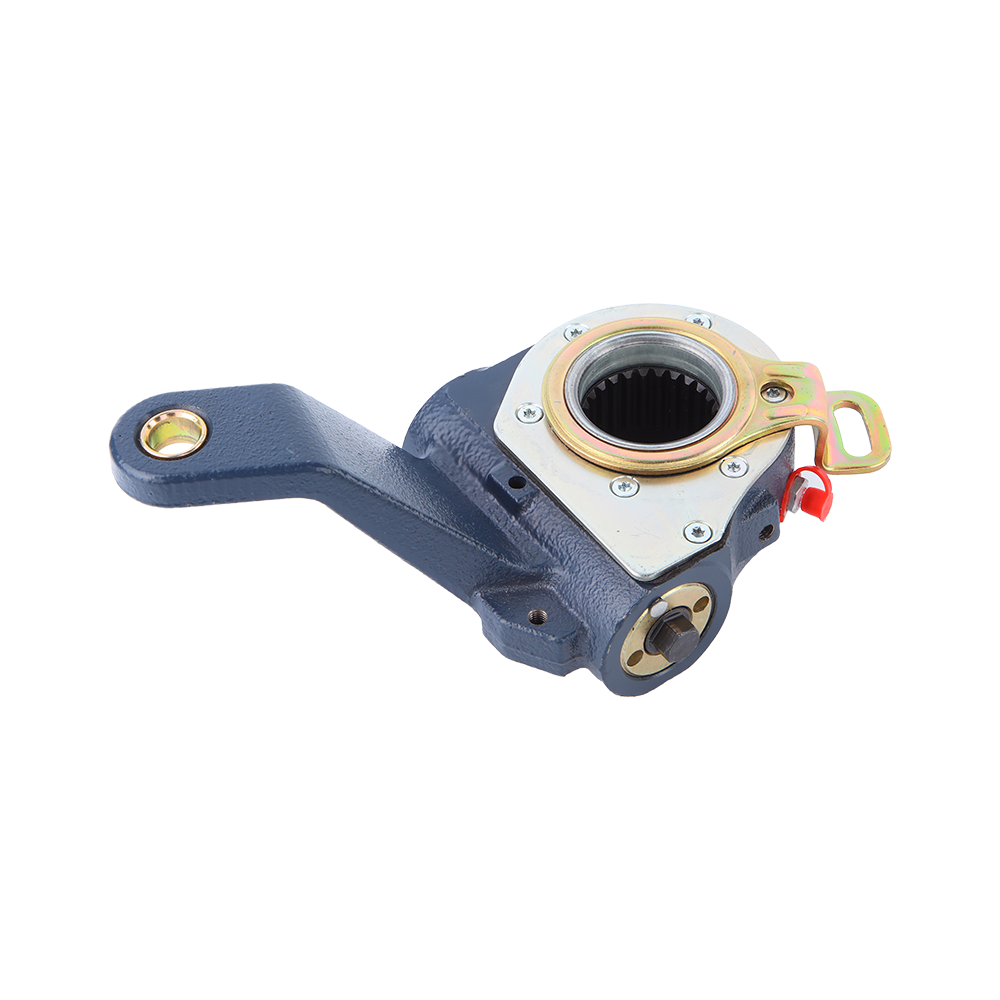Ensuring proper and balanced braking in a vehicle equipped with air brakes is essential for safe operation. Adjusting air brakes involves several steps to guarantee that each brake component functions optimally. Here is how air brakes are adjusted to ensure proper and balanced braking:
1.Check Air Pressure:
Verify that the air compressor has pressurized the system to the manufacturer's recommended level, typically between 125-150 psi (pounds per square inch).
Use a reliable pressure gauge to confirm the air pressure in the reservoir tanks. Adequate pressure is fundamental for optimal brake performance.
2.Check for Air Leaks:
Conduct a thorough visual inspection of all air brake system components, including hoses, valves, fittings, and connections.
Utilize a soap solution to identify even the smallest air leaks. Address any leaks promptly, as they can compromise the system's integrity and affect brake efficiency.
3.Adjust Slack Adjusters:
For manual slack adjusters, measure the free stroke (distance the pushrod travels before engaging the brake) using a suitable measuring tool.
Adjust the slack adjusters to maintain the specified free stroke, ensuring proper clearance between the brake lining and the drum.
Automatic slack adjusters, if equipped, should be inspected regularly to ensure they are functioning correctly. Follow the manufacturer's guidelines for inspection and maintenance.
4.Inspect Brake Chambers:
Examine brake chambers for signs of damage, such as cracks, dents, or leaks. Damaged chambers must be replaced promptly.
Check the diaphragms inside the chambers for any visible wear, tears, or leaks. Damaged diaphragms can lead to brake imbalances and decreased performance.
5.Check Brake Shoe Condition:
Inspect brake shoes for even wear. Uneven wear patterns indicate imbalanced braking and can lead to reduced efficiency.
Measure the thickness of the brake linings using a brake lining gauge. Replace brake shoes that have linings worn beyond the specified limits to maintain optimal braking performance.
6.Inspect Drum Condition:
Thoroughly examine brake drums for signs of wear, scoring, or heat cracks. Damaged or worn-out drums can diminish braking effectiveness.
Measure the inside diameter of the drum to ensure it falls within the manufacturer's specifications. Replace drums that are out of spec.
7.Adjust Push Rod Length:
Measure the push rod length to guarantee it falls within the manufacturer's recommended range.
Adjust the push rod length as necessary to achieve the correct brake chamber stroke. Proper push rod length is crucial for balanced braking and prevents uneven wear on brake components.
8.Perform Brake Balance Test:
Utilize a brake testing system to perform a brake balance test. This test assesses the braking force on each wheel to ensure it is distributed evenly.
Adjust any imbalances found during the test by revisiting the slack adjusters, push rod lengths, or other relevant components.
9.Perform Road Test:
Conduct a road test in a safe environment, focusing on the vehicle's braking behavior.
Listen for unusual noises, feel for vibrations, and observe if the vehicle pulls to one side during braking. Address any issues identified during the road test immediately.
The S-ABA Europe Truck Automatic Slack Adjuster left side replaces Mercedes-Benz 945 420 0938 suitable for Mercedes-Benz/Actros/Antos/Arocs/Axor/ Mercedes-Benz Atego/Econic.
It is designed to be easier to install than other models and automatically adjusts the tension on the brake shoes to maintain proper brake function, which is different from manual adjusters that need to be adjusted by hand.


.png?imageView2/2/format/jp2)

-1.png?imageView2/2/format/jp2)

.png?imageView2/2/format/jp2)

-1.png?imageView2/2/format/jp2)



-1.png?imageView2/2/format/jp2)

-1.png?imageView2/2/format/jp2)




 English
English русский
русский Español
Español Deutsch
Deutsch

